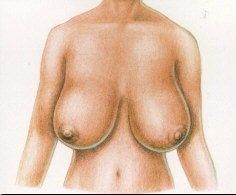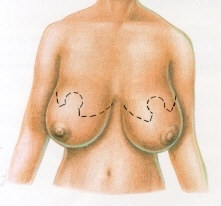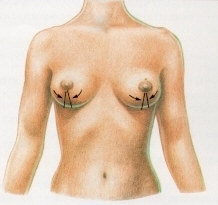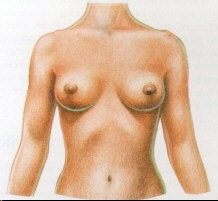|
|
Breast Reduction Very often, women with unusually large, sagging or uneven breasts are dissatisfied with their physical appearance. Some experience pain or discomfort from the sheer weight of their breasts and the pressure if brassiere straps on their shoulders. Premenstrual congestion often adds to the discomfort. Large breasts can hamper a woman's physical activities and make it difficult to find properly fitting clothes, particularly brassieres. Today, because of advances in surgical techniques, thousands of women with these problems are being helped through a surgical procedure called reduction mammoplasty or breast reduction. This surgery is designed to improve the body contour, reduce pain, and make the individual more comfortable when engaging in physical activities. |
 |




